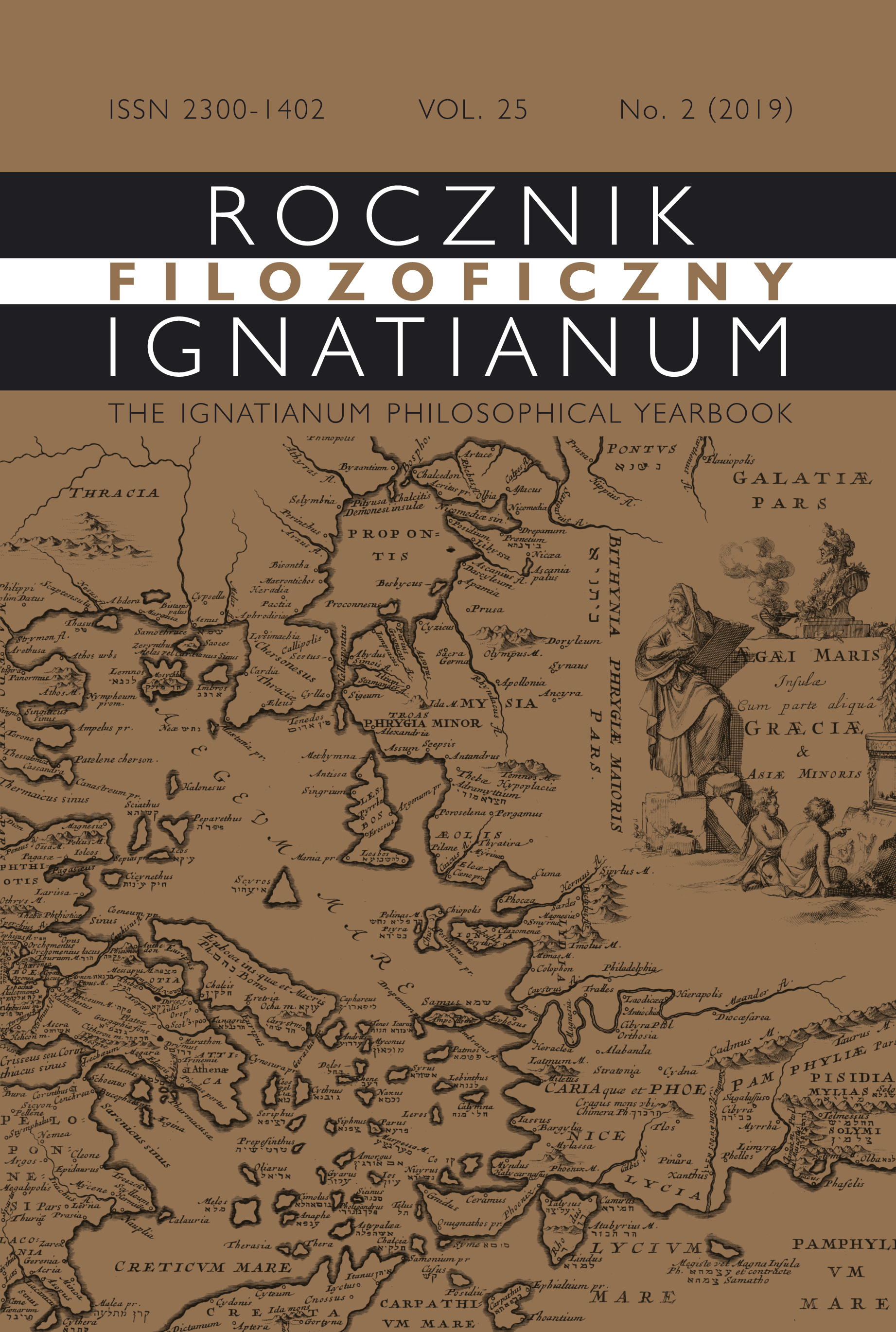Osadnictwo na Cyprze Lusignanów po podboju łacińskim.
Settlement on Lusignan Cyprus after the Latin Conquest
The Accounts of Cypriot and other Chronicles and the Wider Context
Author(s): Nicholas CoureasSubject(s): History, Library and Information Science, Archiving, Comparative history, Middle Ages, 13th to 14th Centuries
Published by: Uniwersytet Ignatianum w Krakowie
Keywords: chronicles; settlement; conquest; Guy de Lusignan; Latins; Jerusalem; Europe; Syria
Summary/Abstract: In the article “Settlement on Lusignan Cyprus after the Latin Conquest: The Accounts of Cypriot and other Chronicles and the Wider Context” the narratives of various chronicles of the thirteenth to the sixteenth centuries on settlement in Cyprus in the years following the Latin conquest, from the end of the twelfth to the early thirteenth century, will be examined and compared. The details provided by the chronicles, where the information given derived from, the biases present in the various accounts, the extent to which they are accurate, especially in cases where they are corroborated or refuted by documentary evidence, will all be discussed. The chronicles that will be referred to are the thirteenth century continuation of William of Tyre, that provides the fullest account of the settlement of Latin Christians and others on Cyprus after the Latin conquest, the fifteenth century chronicle of Leontios Makhairas, the anonymous chronicle of ‘Amadi’ that is probably dateable to the early sixteenth century although for the section on thirteenth century Cypriot history it draws on earlier sources and the later sixteenth century chronicle of Florio Bustron. Furthermore, the Chorogra a and the Description of Stephen de Lusignan, two chronicles postdating the conquest of Cyprus by the Ottoman Turks in 1570, will also be referred to on the subject of settlement in thirteenth century Cyprus. By way of comparison, the final part of the paper examined the extent to which the evidence of settlement in other Mediterranean lands derives chiefly from chronicles or from documentary sources. In conclusion, it can be stated that the various accounts of settlement on Cyprus following its cession to King Guy of Jerusalem in 1192 show differences in terms of the value of the fiefs, the geographical regions from which the settlers came and the types of properties which were granted to them. The Latin kingdom of Jerusalem resembles Cyprus in that the source material for early Latin settlement is narrative, not documentary. But this is not the case for the Venetian Crete and the Hospitaller Rhodes, where the source materials recording the arrival of the first Latin settlers are wholly documentary.
Journal: Rocznik Filozoficzny Ignatianum
- Issue Year: 25/2019
- Issue No: 2
- Page Range: 13-30
- Page Count: 8
- Language: English

